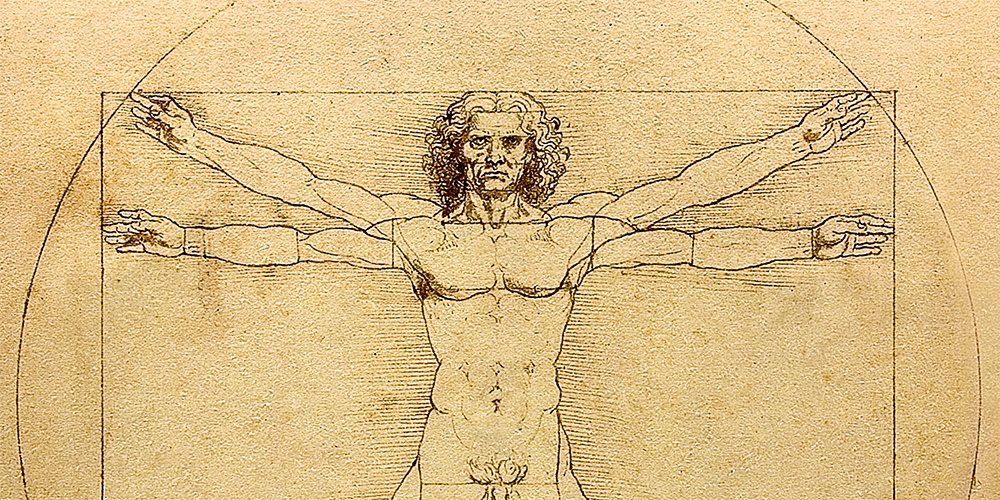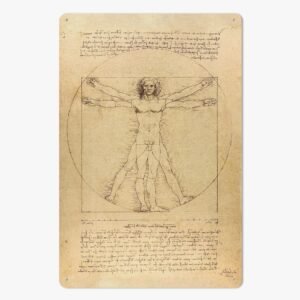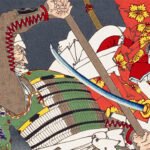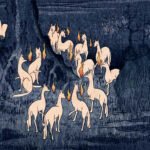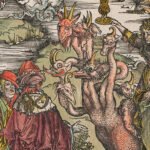Few names in history carry as much weight as Leonardo da Vinci — the embodiment of the Renaissance ideal. Known for masterpieces like The Last Supper and Mona Lisa, Leonardo was not only a painter, but also a scientist, inventor, anatomist, engineer, and philosopher. His thirst for knowledge and limitless curiosity make him one of the most remarkable minds the world has ever known.
Origins: Where Was Leonardo da Vinci From?
Leonardo was born on April 15, 1452, in the small town of Vinci, near Florence, Italy. He was the illegitimate son of a notary, Ser Piero da Vinci, and a peasant woman, Caterina. Despite his humble beginnings, Leonardo showed exceptional talent from an early age, particularly in drawing, observation, and mechanical curiosity.
Training Under a Master: The Workshop of Verrocchio
At around age 14, Leonardo was apprenticed to the renowned Florentine artist Andrea del Verrocchio. In Verrocchio’s workshop, he learned not only painting, but also draftsmanship, sculpture, metalwork, and mechanics — a multidisciplinary education that would shape his wide-ranging genius.
One of Leonardo’s early contributions was helping Verrocchio paint The Baptism of Christ (c. 1475), where art historians believe Leonardo painted the angel on the left — with such grace that Verrocchio reportedly never painted again.
Did Leonardo da Vinci Publish His Work?
Unlike many of his contemporaries, Leonardo did not publish formal books during his lifetime. Instead, he filled thousands of pages of notebooks with drawings, anatomical studies, scientific observations, and mirror-written notes. These notebooks, later known as the Codices, were never organized for publication.
However, some of his work did influence later publications :
- His anatomical studies were considered more accurate than those of medical professionals at the time.
- His inventions and sketches inspired engineers and artists long after his death.
Though he didn’t publish in his lifetime, today Leonardo’s notebooks are considered treasures of human thought, preserved in collections such as the Codex Atlanticus and Codex Leicester.
Masterpieces That Transcend Time
Leonardo’s most famous works include :
- Mona Lisa (c. 1503–1506): Possibly the most iconic painting in the world, admired for its enigmatic expression.
- The Last Supper (c. 1495–1498): A mural depicting Jesus and his disciples, known for its dynamic composition and emotional intensity.
- Vitruvian Man: A drawing exploring the proportions of the human body, blending art with mathematics and anatomy.
His artistic technique — particularly sfumato, a soft blending of tones — revolutionized Renaissance painting.
A Legacy That Blends Art and Science
Leonardo da Vinci died on May 2, 1519, in Amboise, France, at the court of King Francis I. He left behind not only incredible works of art but also a vast collection of scientific and technological studies far ahead of their time. His work continues to inspire artists, engineers, and thinkers across disciplines.
Decorate Your Space with Genius
Bring the brilliance of the Renaissance into your home. Below, you’ll find a curated selection of Leonardo da Vinci prints, from the Mona Lisa to Vitruvian Man, perfect for adding timeless elegance and intellectual flair to your walls.
-
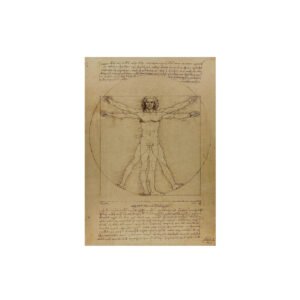 Add to WishlistAdd to Wishlist
Add to WishlistAdd to Wishlist

